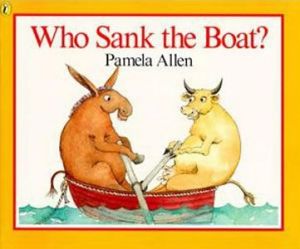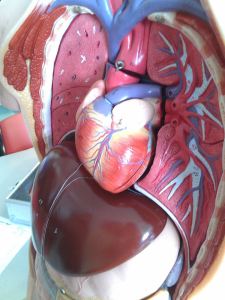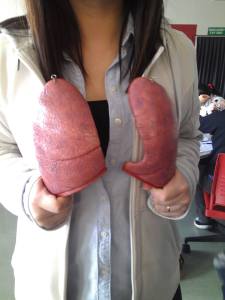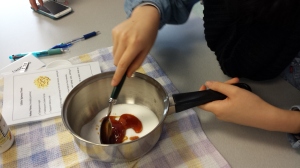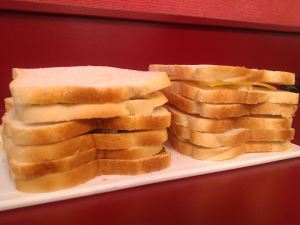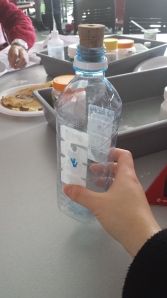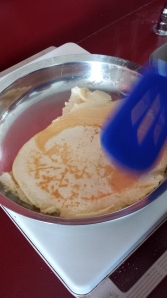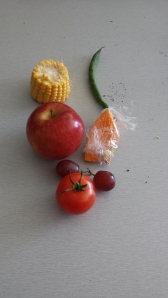
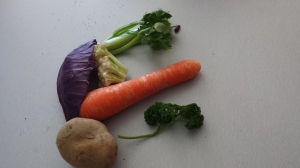

1. Artefact and learning description for living world – plant
Last Tuesday, we had to sort the fruit and vegetable into groups for the activity. For this activity, we had some fruits and vegetables. Firstly, we divided into two groups, which were ‘growing in the soil’ and ‘growing out of the soil’ because we thought this way was the easiest way. In the first group, we had apple, corn, grape, pumpkin, tomato and bean. In the second group, we got potato, carrot and cabbage. From this activity, the interesting thing was that tomato is fruit!! I thought it was the vegetable because I learnt that in the school but it was the one of fruits! Also, I learnt that the different thing between fruit and vegetable. The fruit has a seed in the body but the vegetables do not contain the seed in the body and this is why the tomato is fruit. Isn’t it interesting?
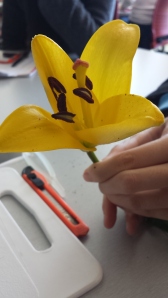
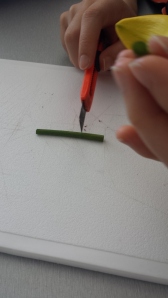
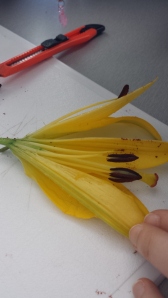
2. Artefact and learning description for living world – plant
Secondly, we learnt all about the process a plant and their reproductive system.
We cut the flower into half and saw what was in there. We saw stigma, petal, and ovary. Also, we cut the stem of the flower and we found the way of water
Reflection on living world – plant
Living world (plant) was pretty interesting topic to me. Before the activities, I did not have any interest on the topic of living world because I am not good at studying or growing plants. However, through the activities I found that learning about plants was interesting and there were many things that I could teach young children without it seeming so complex. I loved doing the small activities in class and outside of class. I learnt about sorting different fruit and vegetables in different groups. Although this was simple activity, I was seriously agonised so I am excited about how children would divide the items and what group would they use. Also, When they cut the flower and see what is going on in the flower, children would like the learning about flower reproduction. I think learning this topic is a good for children to learn where their food comes from and why plants are classified as alive even though they cannot walk and talk like people. I look forward to go to centres and work with children through these ideas and I would happy if I am helpful for their learning
Resource for living world – plant, and reason chosen
http://thequeso.com/planting-pumpkins-is-easy/
This activity is about planting pumpkin. I chose this activity because I thought children could become familiar with plant through planting pumpkin. Also this activity is simple so children can easily follow the instruction. After few weeks, children would impressive when the pumpkins appear and they would think ‘where are the pumpkins from?’ and this is evident of learning, therefore I think this activity can be a good way for children to learning the living world – plant.
